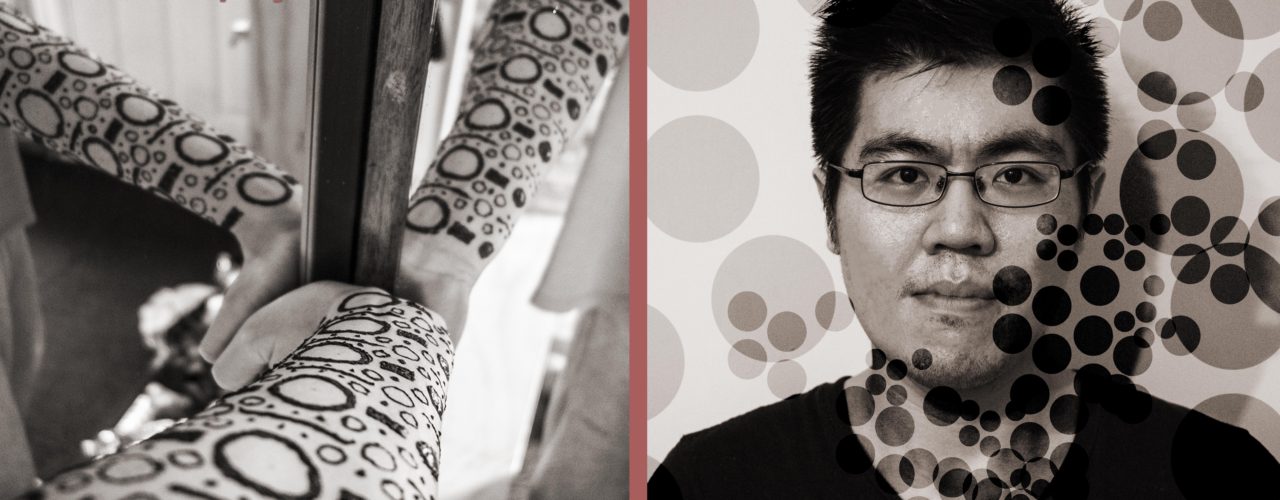We conducted an interview on Coroflot and gave advice to future designers
Extracted from Coroflot Article
What do you look for when hiring a designer?
Willingness to learn, entrepreneurial spirit, and willingness to embrace green design. We don’t want people to work late and it is only possible if they learn to work very efficiently or come up with new methods to automate the process. Being humbled and willing to learn from other people is a key to achieving this goal. Entrepreneurial spirit is important to us. We don’t want people to become our slave. We ultimately think our firm is a stepping-stone for our designers to achieve something bigger and brighter. We can benefit from other successful entrepreneurs by forming a bigger network of entrepreneurs. Last and most importantly, many students talked about sustainable design, but they don’t wholeheartedly believe what they design. We want people who care about the environment and practice what they believe.
Is there a particular “tell” that signals a good or bad fit?
Good candidates are those who can describe what they do in simple terms. We sometimes ask designers to describe the steps they took to design buildings. Some spent all of the time on vague ideas but the good candidate can usually show us the steps in simple terms. Their clarity made it easier for us to know how they would fit into our office.
What is your best interview “horror story”?
We are a young practice. I am young and my partners are young. We interviewed architects who are much older than us. One candidate was lecturing us on how we should conduct our business. I am humbled and willing to learn from senior designers. However, that talk-down and bossy attitude was a little strange and disrespectful in that interview.
What is the single most valuable piece of advice you could give to those on the hunt?
Become a multidisciplinary designer who cares about people and the environment. We are architects, but we spent a lot of time on making videos, VR tour, physical models, hand drawing, photography, rendering, writing apps, 3d printing, and construction site visits. All of these tools are part of the same process to convince people to make greener buildings and cities. Jumping from one task to another without losing track of the big goal is very crucial.
Do you have any specific advice for recent graduates, or people just starting straight out from school?
Find something you care about and do something with it. We have been volunteering to teach children architecture for 15 years. I founded Architecture for Children and teach on a weekly basis. We met people who are willing to do good via many schools, parents, and teachers. We may not get paid for what we do, but it may be a very good way for recent graduates to expand their network and share their ideas.
Regarding creative employment, what do you know now that you wished you knew then?
Working long hours is not smart. Designers and architects are so proud to say they work all night. I wish I knew how to work smart and still look like I work hard. I still work long hours but those hours go directly to my own company. It is much more meaningful when I am the owner of the ideas. I wish I was smarter about the hours I spent on firms owned by someone else. The worst part is we lost all of the competition we spent countless nights making. Those extra late night hours would have been more meaningful on ideas of my own.

